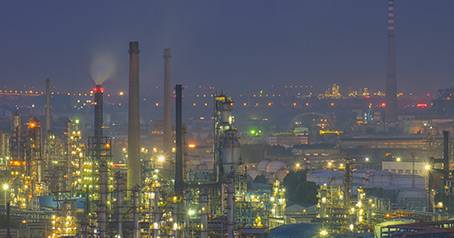Nov . 03, 2024 19:22 Back to list
polypropylene cutting board safe
The Safety of Polypropylene Cutting Boards An In-Depth Look
When it comes to kitchen safety and hygiene, choosing the right cutting board is crucial. Among various materials available, polypropylene cutting boards have gained popularity for their durability, ease of cleaning, and safety features. This article explores the safety of polypropylene cutting boards, examining why they are a reliable choice for home cooks and professional chefs alike.
What is Polypropylene?
Polypropylene is a type of thermoplastic polymer that is widely used in various applications, including packaging, textiles, and automotive parts. As a cutting board material, it stands out due to its resilience and ability to withstand high temperatures. Polypropylene cutting boards are typically lightweight yet sturdy, making them easy to handle and clean.
Hygiene and Safety Characteristics
One of the foremost concerns in any kitchen is hygiene. Polypropylene cutting boards have several advantages in this regard
1. Non-Porous Surface Unlike wooden cutting boards, polypropylene boards feature a non-porous surface, which means they do not absorb liquids or food particles. This characteristic is vital for preventing bacterial growth, as bacteria can thrive in the crevices of porous materials.
2. Dishwasher Safe Polypropylene cutting boards can be safely cleaned in a dishwasher. High temperatures during the wash cycle help to eliminate any lingering germs, making it easier to maintain a sanitary cooking environment.
polypropylene cutting board safe

3. Stain Resistance Stains from food, especially those from highly pigmented substances like beets or tomatoes, can be difficult to remove from other materials. Polypropylene's resistance to staining aids in keeping the board looking fresh and hygienic over time.
4. Chemical Resistance Polypropylene is resistant to various chemicals, including those found in many cleaning products. This feature ensures that the board can withstand harsh sanitizing agents without degrading, thus maintaining its structural integrity and safety.
5. No Toxic Chemicals A significant concern when selecting kitchen tools is the potential for leaching harmful substances into food. Polypropylene is BPA-free and does not release toxic chemicals, even when exposed to high temperatures or acidic foods.
Durability and Longevity
In addition to being safe from a hygiene perspective, polypropylene cutting boards are also incredibly durable. They resist warping and cracking, which can occur with other materials, especially if subjected to extreme temperatures or repeated washing. This durability translates to a longer lifespan, making them a cost-effective choice for both home cooks and commercial kitchens.
Conclusion
In conclusion, polypropylene cutting boards are an excellent choice for anyone looking to enhance kitchen safety and hygiene. Their non-porous surface, stain resistance, ability to withstand high temperatures, and lack of harmful chemicals position them as a superior alternative to traditional wooden or plastic boards. As with all kitchen tools, it is essential to follow proper care instructions—regularly cleaning and replacing cutting boards when they show significant wear will ensure the highest level of food safety. Whether you are chopping vegetables, preparing raw meats, or serving cheese, a polypropylene cutting board is a safe, reliable, and practical option. Embracing the advantages of this material can lead to safer cooking practices and a healthier kitchen environment.
-
PVC Transparent Sheet Roll - Durable & Flexible PVC Plastic Sheet Roll for Industrial & Home Use
NewsJun.24,2025
-
High-Quality PVC PPR Pipes and Fittings Durable ERA PPR Solutions
NewsJun.10,2025
-
High-Quality Large HDPE Sheets & Large Diameter PVC Pipe Durable Large PVC Pipe Supplier
NewsJun.10,2025
-
High Density Polyethylene Cutting Board - Durable & Food Safe
NewsJun.09,2025
-
3 Inch PVC Pipe for Durable Irrigation Affordable & Reliable
NewsJun.09,2025
-
Premium PPR Plastic Water Pipe Fittings - Durable & Leak-Free
NewsJun.09,2025

